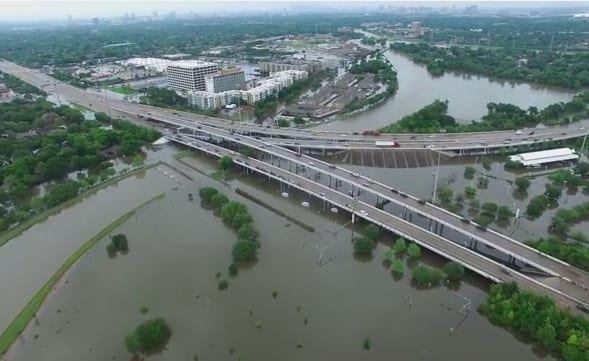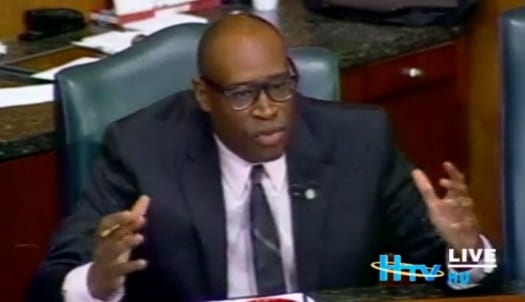Houston’s “Historic Flood” Plan… Or Lack Thereof
For many residents of Greater Houston, especially those still caught in the throes of disaster, the April 18th are likely still a very sensitive subject. Across wide swaths of the region, residents are enduring the terrible headaches of ripping up flooring, towing cars, trashing molded furniture, rewiring electrical systems and waiting for insurance companies to … Continue Reading ››

